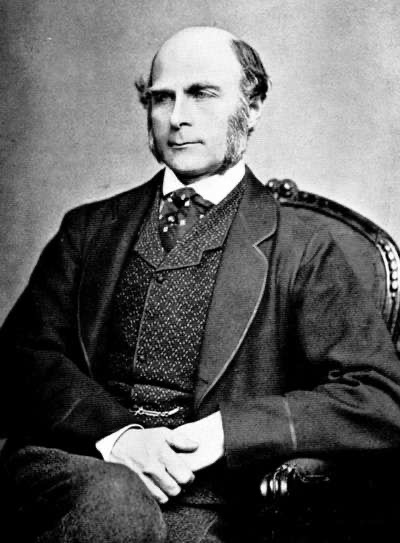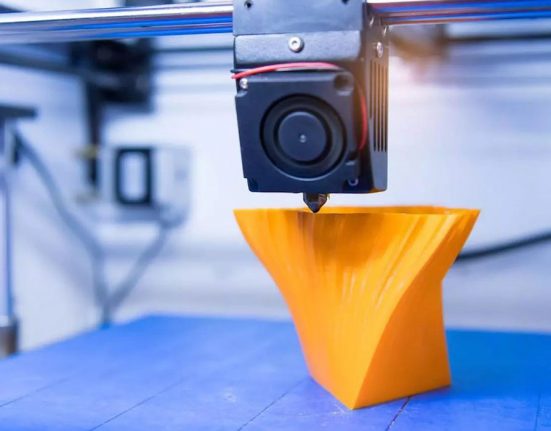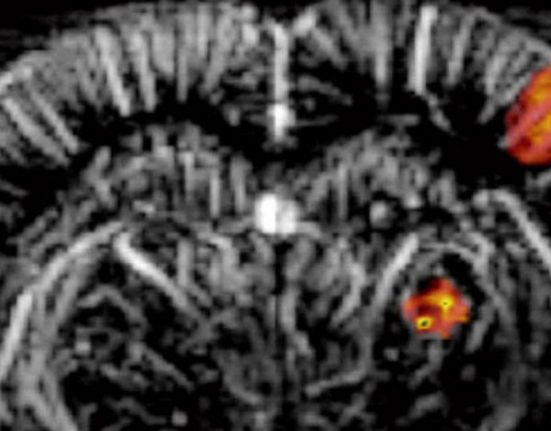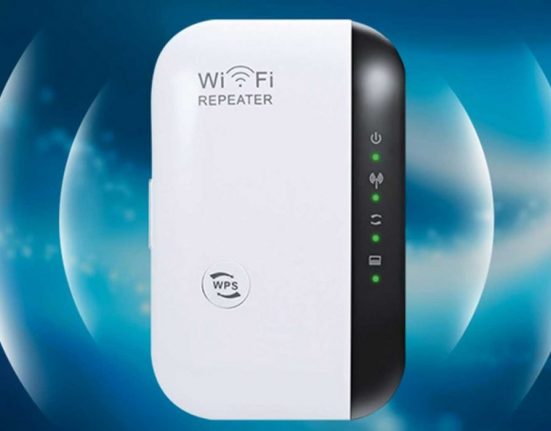The long-known technological capabilities of ultrasound are constantly evolving, and their constant use is the future of modern science.
These waves, inaudible to the human ear but nevertheless surrounding us permanently, could represent the future of science and technology.
From phone systems to medicine, and depending on the frequency range considered, ultrasound has the power to cause physical and chemical changes to materials, or to determine the characteristics of a medium through which it passes.
The ultrasound revolution is present in our lives, but how does its use change our daily lives?
History of ultrasound
It was Lazzaro Spallanzani who first suspected the existence of ultrasound in 1794.
It was subsequently discovered by the English physiologist Francis Galton in 1883.

The French physicist Paul Langevin then invented the Langevin triplet.
His first work, dating from the end of World War I, was based on ultrasound production techniques for SONAR.
Some of this work quickly led to applications in the field of medical supervision and diagnosis.
Industrial applications and uses of ultrasound appeared in the late 1950s.
It was also at this time when many laboratories demonstrated the extreme diversity of ultrasound applications.
In the 1980s, the rapid development of modeling techniques enabled a significant step forward in the understanding of this technology.
Definition of ultrasound: waves that are elastic and frequency
Ultrasound is composed of elastic waves whose frequency is between about 16 kHz and several hundred megahertz.
These sound waves are produced by converting electrical énergy carried by high-frequency alternating currents, into mechanical energy.
Their frequency is too high to be audible to the human ear.
At these very high frequencies, ultrasound is the equivalent of a laser beam for light waves: it is very precise and powerful because it consists of very concentrated sound waves.
There are three types of ultrasonic level transmitters:
- Piezoelectric generators composed of lamellae in quartz glued between two steel discs. When an alternating current flows through the discs, the blades are deformed at the same frequency as the applied voltage;
- Magnetostrictive level transmitters act on the variation of the dimensions of a ferromagnetic body if it is placed in a variable magnetic field;
- Electrostrictive level transmitters, which play on the variation of the dimensions of certain ceramics when they are placed in a variable electric field.
The different applications of ultrasonic waves
The performance of equipment linked to advances in electronics today offers new prospects for the use of ultrasound in the industry and the medical field.
Ultrasound is classified into two main categories:
- low-power ultrasound for diagnosis, measurement and supervision,
- high-power ultrasound considered as such when it causes a change in the medium in which it circulates (mechanical, thermal or chemical actions).

Some applications and uses of ultrasound:
- Medical health and diagnostics: Therapies such as focused ultrasound thermotherapy.
- Biology and chemistry: the use of ultrasound in sonication to break apart cell membranes, to clean or disinfect equipment with a sonicator.
- Agriculture: use of waves by vibration (nebulization) of water, which turns into aerosol and feeds the root system and oxygen.
- In remote sensing, for sonar ( acronym for sound navigation and ranging) , which is an apparatus, using the particular properties of sound propagation in water to detect and locate objects under water.
- Industries: metallurgy in non-destructive testing of materials, for cutting or welding thermoplastics, welding of non-ferrous metals, automotive industry, hairstyle for hair implant.
- Food: Cheese cuts, pasta, meat, fish, cakes at very high speed and without losses.
- Catching animals or insects known to be harmful: rodents, mites, ticks, fleas, flies or mosquitoes by Mosquito alarm.
- In telephony by ultrasound, the “anti-old ringing” or the “anti-adult ringing” because the high-frequency sounds become inaudible for adults from about 25 years of age…







